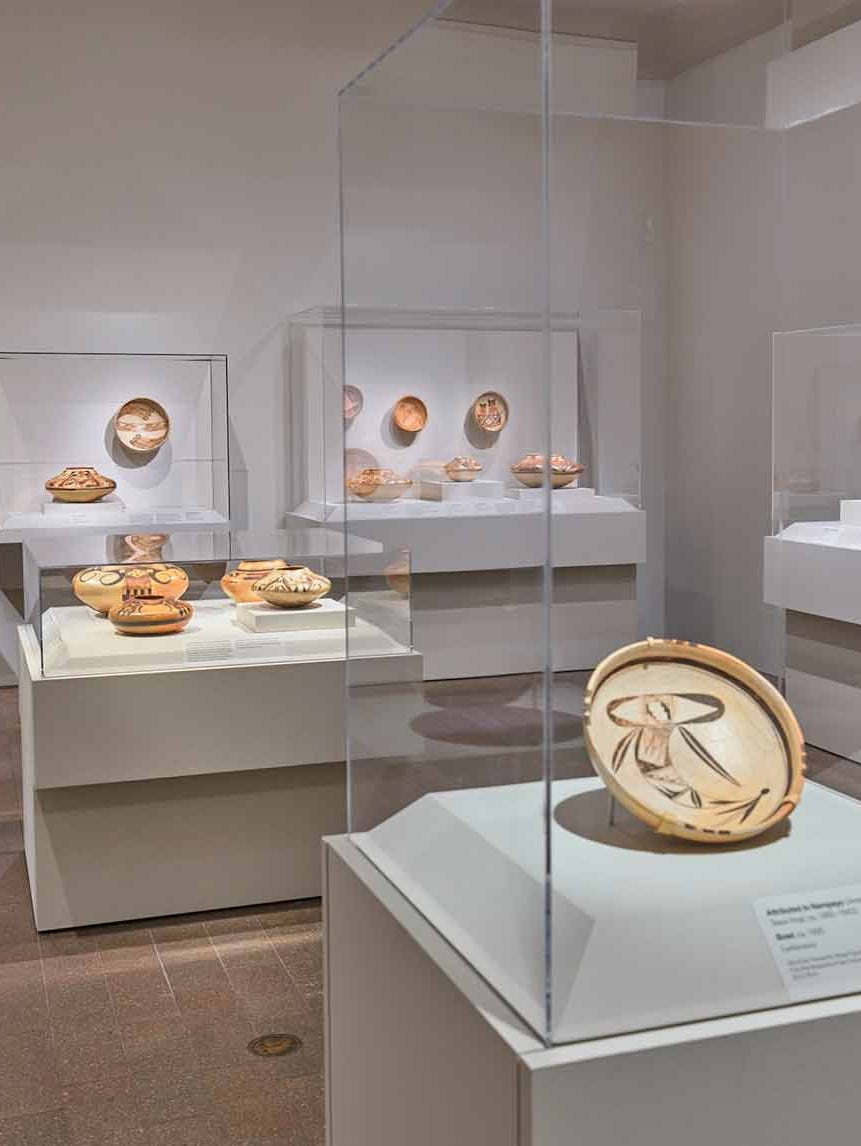Highlights from the Israel Antiquities Authority: The Dead Sea Scrolls and 5,000 Years of Treasures
Jump to
This exhibition includes rotating examples of the rare and precious Dead Sea Scroll fragments in addition to artifacts spanning over 5000 years, from the Chalcolithic Age (4,000 BC) to the Fatimid Period (11th century AD). The Dead Sea Scrolls are one of the greatest archaeological discoveries in history. Uncovered by Bedouin herders and excavated by archaeologists in caves along the northwestern shore of the Dead Sea, fragments of the scrolls were pieced together to form more than 800 documents, many of them Biblical and Apocryphal manuscripts. All of the treasures on view are on loan from the Israel Antiquities Authority (IAA), and most have never been seen outside of Israel. Located in the Legion of Honor’s Gallery 1, this small-scale exhibition is the first in a series, and provides an introduction to future joint exhibitions with the IAA. Highlights among the nearly 50 objects include funerary ossuaries, cultic altars from the Canaanite period, Roman glass vessels, a mosaic from a Byzantine monastery in Jerusalem, and gold coins and jewelry from Tiberias dating to the Fatimid Period. On display for the first time anywhere is a newly excavated and restored glass table with gold foil from a Byzantine villa. The first Dead Sea Scroll on view is from the Book of Psalms, one of the best-preserved biblical examples and dates to the 1st century AD.


